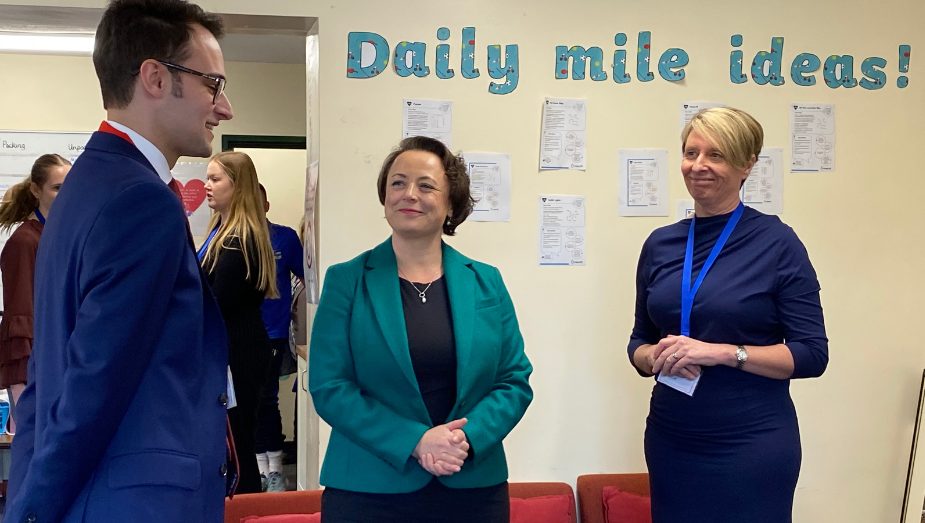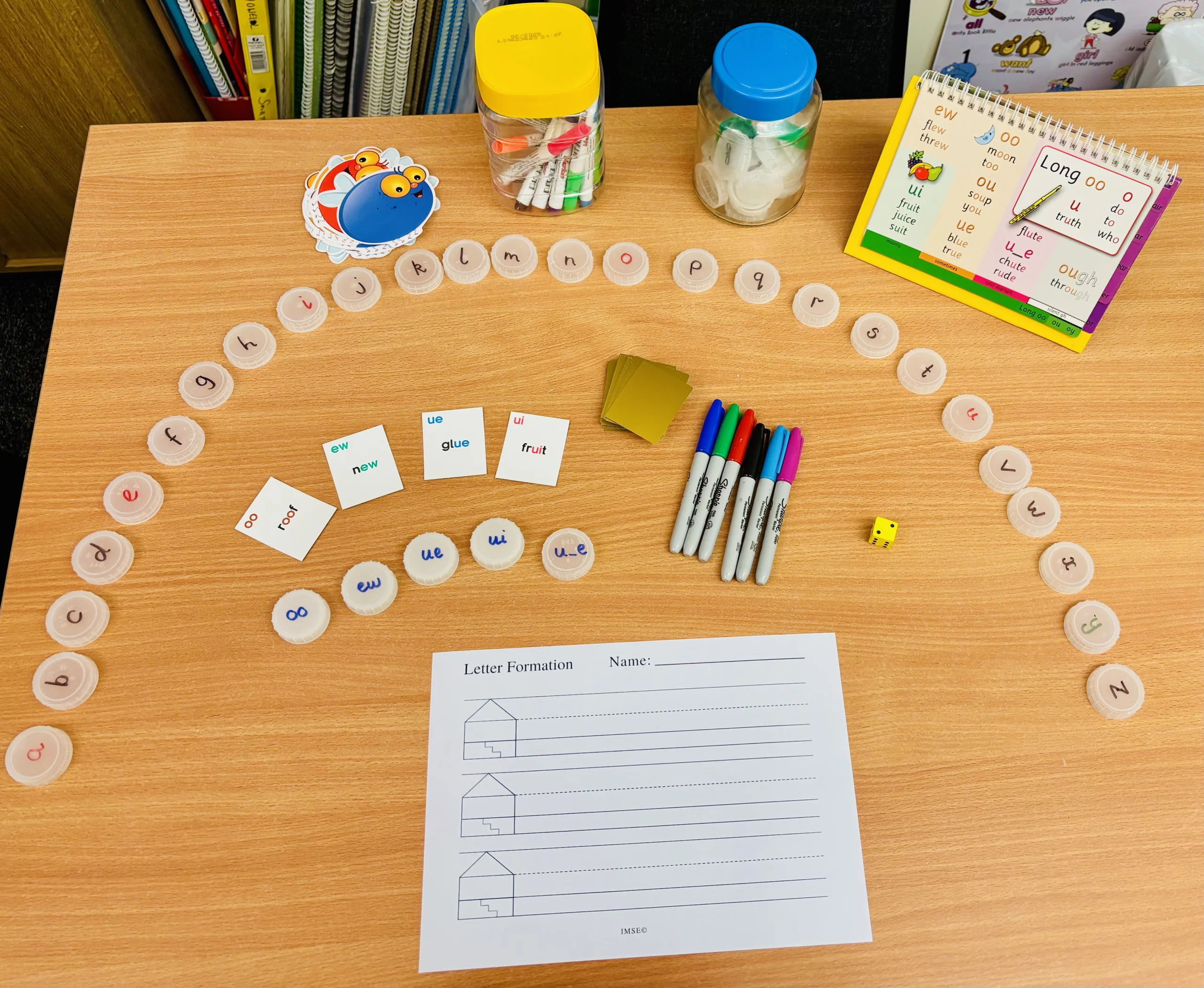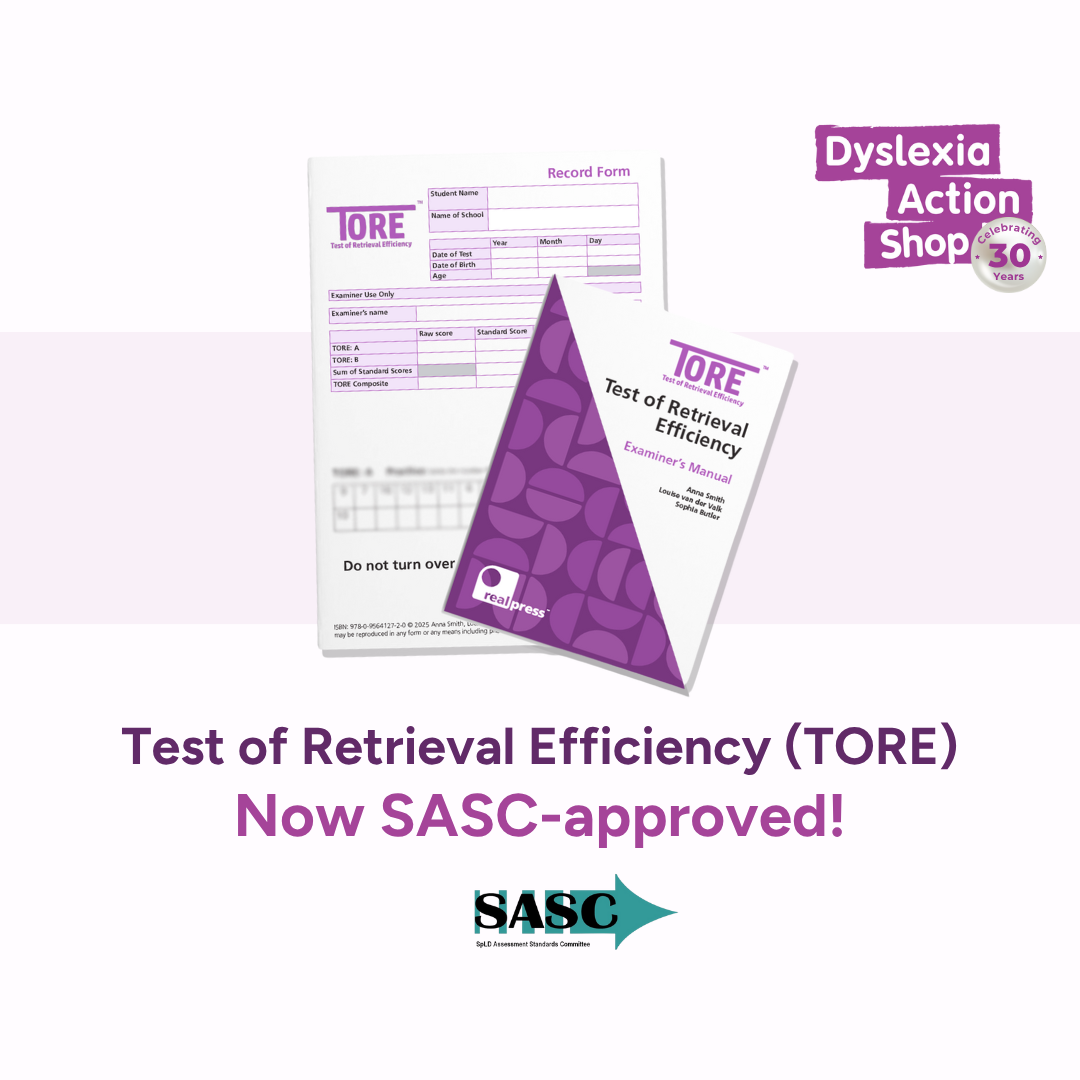Imogen Barber |
January 31, 2024
Matthew Lee, Real Training tutor and former Deputy Headteacher responsible for Inclusion at ICS Amman, explores what SEN professionals should know before making the move to international schools. First published in the January/February issue SEN magazine, accessible here.
International schools are more varied in their ways of working – so research them carefully
If you are looking at applying for an international SEN vacancy, you need to be selective about the schools to which you apply, as there is a much wider range of schools internationally, each with very different ways of working. If you wish to remain in a more British-based setting for your first international placement, look out for a COBIS school which has recently completed a BSO inspection so you can read the inspection report. You can find these on the ISI or PENTA website, if they’re not on the gov.uk site yet. The main source of information on schools in the international sector is internationalschoolsreview.com where for a small subscription, you can read in-depth reviews from teachers on most international schools.
SEN provision will vary based on the type of school you are in
As most countries across the global South do not have provision for SEN students in specialist provision, there is often a much larger number applying for mainstream schools, and schools are often under a financial pressure to accept students which you may struggle to support depending on your experience. As the schools are nearly all private entities, some of them will be academically selective, and some will be non-selective (however even these schools will often turn away students with the most significant needs). It is well worth knowing the type of school you are applying for and the range of students you are comfortable with arranging support for.
Parents will be informed by local beliefs and cultural attitudes towards SEND
In the majority of international schools, there will be some parents from the host community, who will be informed by their local beliefs about difference. However there will also be expatriates who each have their own understanding. One of the many differences is perhaps how medicalised many American parents’ understanding is, and how much they favour specific therapies like Applied behaviour Analysis (ABA). Many children with autism will go from their international school to an ABA clinic, or have an ABA therapist (often paid for by parents) with them in the school. Some schools even have Board Certified Behavior Analyst (BCBA) professionals on staff, and this approach is far more prevalent in international schools than approaches like TEACCH or those based on the social model of inclusion.
There is a greater range of need in most mainstream international schools than schools in the UK
Some of these private schools are selective, and may therefore have a slightly reduced range of needs, however many have financial pressures to accept students in fiercely competitive markets where every student’s fees counts and there can be a lot of pressure on SENCos to accept children (if the SENCo is even consulted). This can result in many students who, in England would be better served in specialist schools where learning is readily adapted to their needs, being placed in a mainstream class with their same-age peers despite their developmental levels. Setting up rigorous screening should be an immediate priority for you for all new applicants, and visiting a specialist school before you leave the UK (if you have no experience) would be highly beneficial as it is more difficult to access this area of expertise internationally where there are only a handful of international specialist schools.
Para-professionals and shadow models are more likely to be present
There’s also greater use of para-professionals, with schools often employing a shadow model where parents will pay directly to an external person to shadow their child. This model has many downsides, as you get little control over the hiring of the person involved. The schools which do not utilise a shadow model will often have teams of qualified teaching assistants. The level of education is a major difference form the majority of para-professionals in the UK, as is the size of the teams which are typically much larger as these people are often paid a ‘local’ wage which is likely a lot less than many of the teaching staff, and they receive a limited benefits package. This can lead to a lot of dependency among children, and a real priority for every international SENCo at the moment is to review deployment in order to promote independence.
It’s worth taking the time to find an online community of SEND professionals
When making the move to working in an international school, remember that everything you take for granted is gone. You will likely be more isolated, and it’s important to build a professional community of SEN professionals online for support. Teaching in an international school can be very rewarding, but it is not without its challenges.
Matthew Lee completed a PhD in Social Justice and Education at Lancaster University, specialising in understandings of inclusion and inclusive leadership. He has been a senior leader in multiple award-winning inclusive international schools for over a decade and now tutors on Real Training’s iSENCO course. He has recently published on international school pastoral structures, the unique benefits and challenges of leadership in international schools, and supporting marginalised groups in international schools.






What do you think?